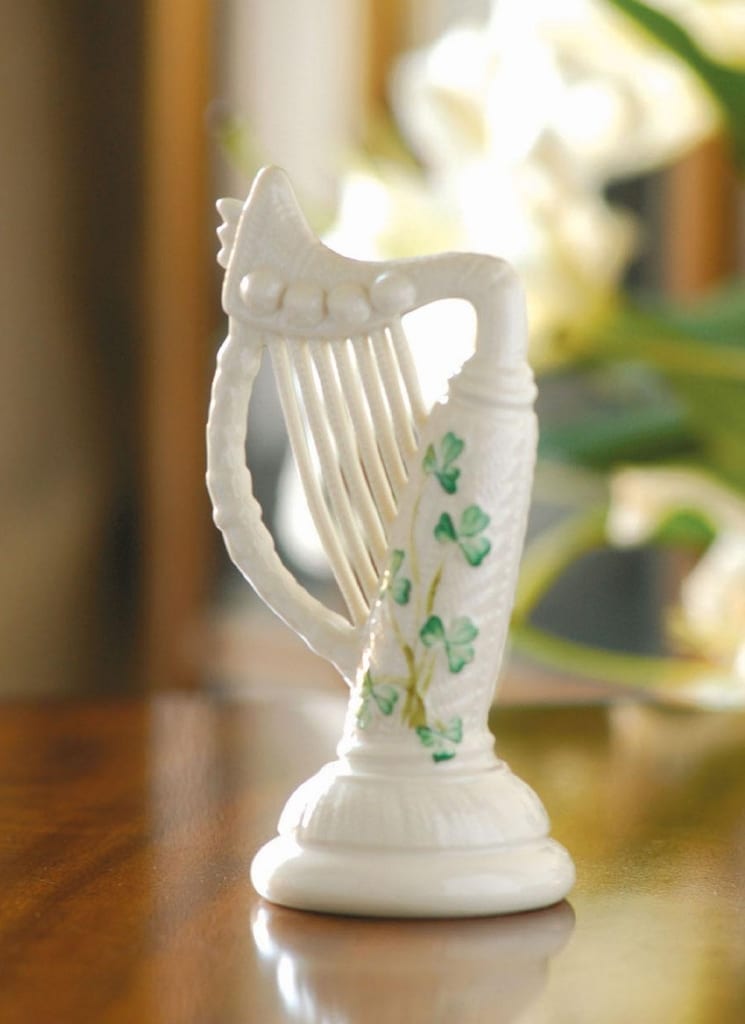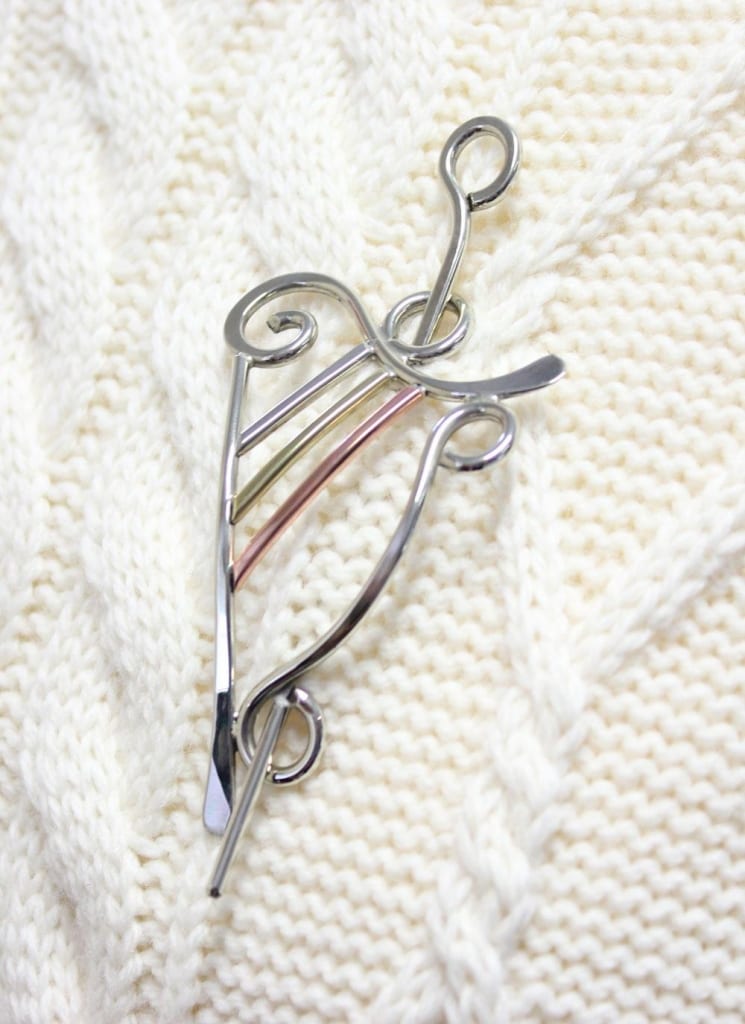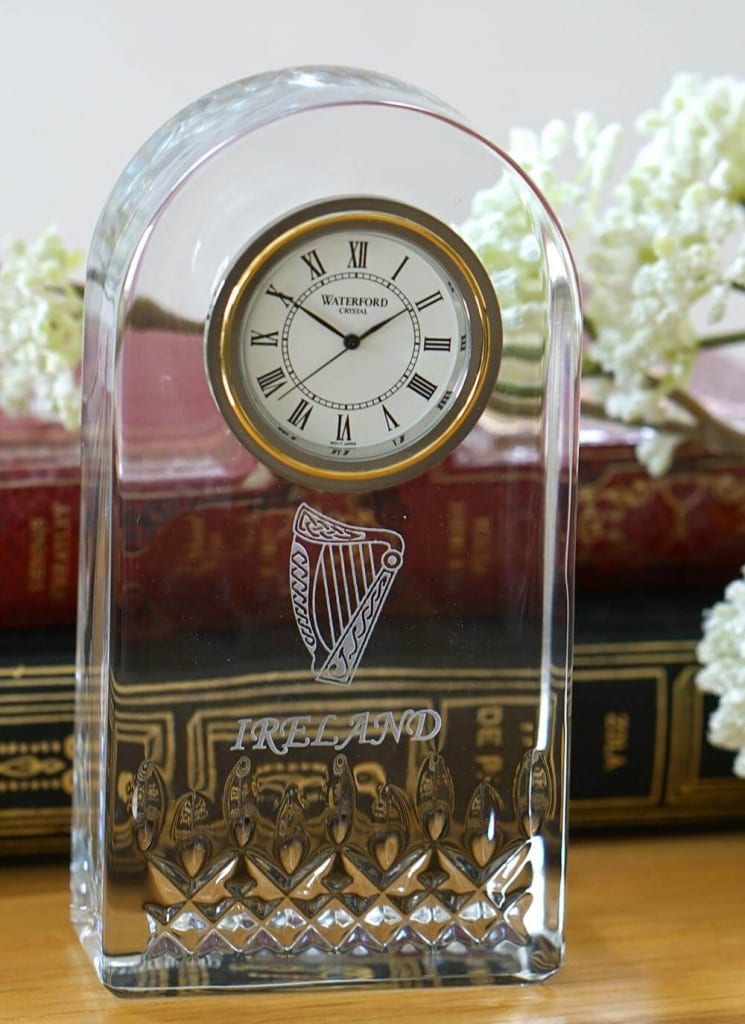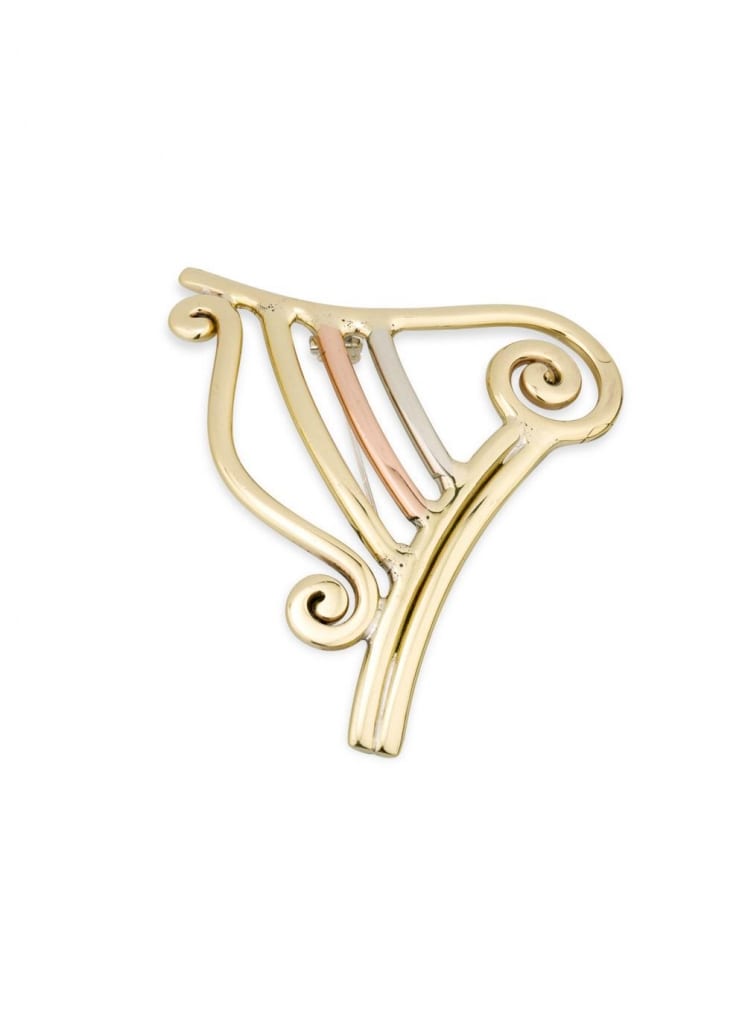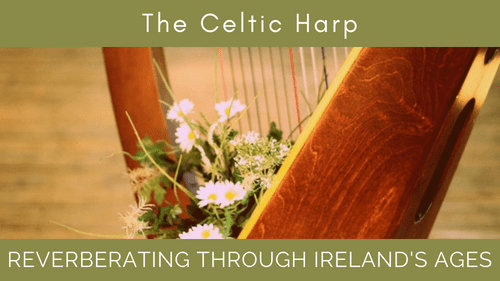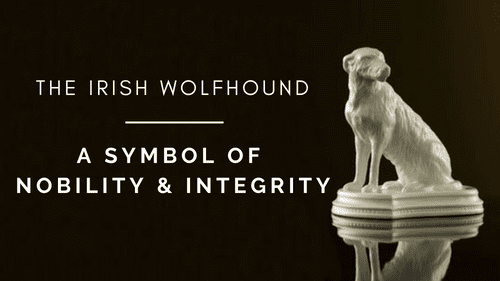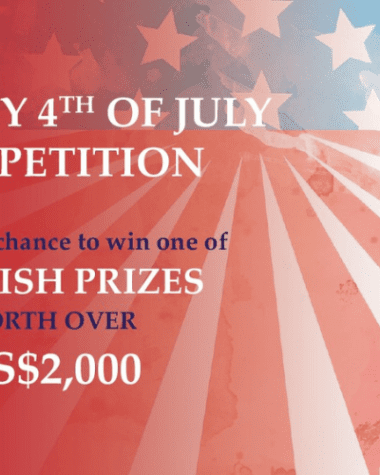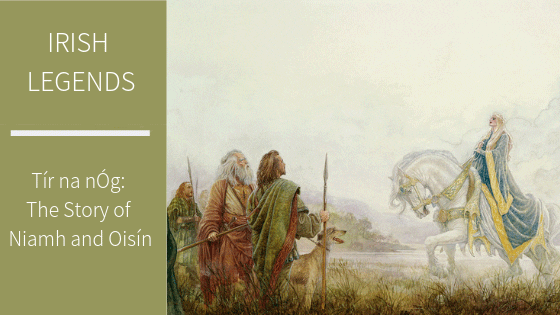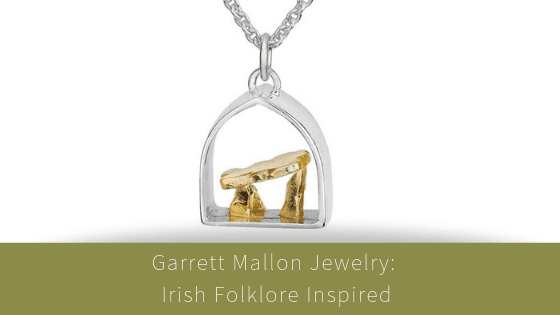From the earliest folk tales to the present day, the Harp has played an instrumental role in Irish culture.
The Harp’s fascinating history reflects Ireland’s own turbulent past. We delve into the Gaelic harp’s long and rich history from ancient folklore to the Celtic High Kings through to the modern day.
The Harp in Irish Mythology
According to ancient Celtic folk tales, the very first harp was owned by “the Good God” Dagda – a god of fertility and knowledge. His intricately decorated oak harp was named Uaithne and was also known as “the Four Angled Music.” The harp possessed magical qualities which The Dagda used to put the seasons in their correct order.

The Golden Age of Harping
From 1000 up to the early 1800s, the harp remained at the heart of Irish courtly life. The harpist was a central figure in the entourage of every Irish king and chieftan. The court harper composed tunes called Planxties which extolled the many virtues of their patrons. In exchange for this, they enjoyed a privileged status. In 1531, King Henry VIII declared himself King of Ireland. Such was the fame and prestige of the instrument, that he appointed it as the official emblem of his new realm.

Fade Out…
Following colonization, Ireland’s rich harping tradition began to decline steadily. Courtly employment dwindled as Ireland’s leaders fled. Almost overnight, harpists lost their once special status and the majority became travelling musicians.
As opposition to British rule grew, the harp became a key symbol of resistance. In response to this, Queen Elizabeth I banned the instrument and by the end of the century Ireland’s once rich harping tradition has almost entirely died.
Revival
Thankfully, we have not entirely lost our harping heritage forever. Thanks to the work of a small number of music collectors, a fraction of old harp tunes have survived. Since then the harp has become both a treasured musical instrument and an internationally-recognized emblem of Irish identity. Today, the harp is recognised as Ireland’s national emblem and it graces our coins, our coat-of-arms and our presidential seal.
Shop the Celtic Harp at Blarney
